Top 10 Best Cameras For Wedding Photography
A camera is an optical instrument that records pictures that can be stored instantly, transmitted to another location, or both. The word camera comes from the word camera obscura, an early mechanism for projecting pictures. The most suitable cameras for wedding photography will require to have quick autofocus, outstanding low light execution, and ideally, a quiet shooting mode. While most wedding photographers will choose to shoot full-frame if you’re simply starting it might not be financially viable so we have enclosed some great crop detector cameras too. Everyone wants to choose the best cameras for wedding photography. Wedding photography is necessary because it will catch your day, it will capture your memories, it will reveal a story and not just any anecdote, it will tell a lovely story of your amazing day, a day you will never forget. the most amazing and most joyful events for every Indian family, this is also why everybody wants to make their wedding moments worth looking back to. That’s the cause many people hire the best wedding event management service to drive their occasion memorable.
Best Wedding Camera ideas
To choose the best cameras for wedding photography, I watched the top models from the main best brands (many of which I have used first-hand) and assigned those with professional-grade image quality and build. They review all the major required boxes and have gained a spot in an active photographer’s bag. Here we have listed the top best wedding camera ideas.
1. Fujifilm X-S10
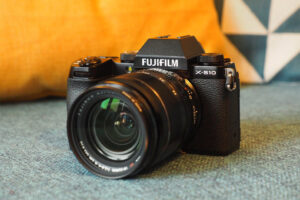
The Fujifilm X-S10 draws an impressive shift in Fujifilm’s camera range. Until now its more advanced mirrorless cameras have all featured external shutter speed dials and (relying on the model) external lens aperture rings and occasionally ISO dials. Rather, the X-S10 reverts to a classic way dial as seen on numerous candidates. The build quality is also perfect, while the vari-angle presentation that can permit the screen to fold in on itself is a nice touch. The X-S10 uses Fujifilm’s excellent 26MP sensor, delivering images with excellent detail and lovely bloom.
2. Nikon D810
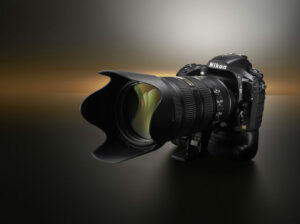
Professional photographers have faced a harsh choice. You can bring a camera with perfect reason, like the Nikon D810, Canon EOS 5DS, or Sony A7R II, but no real rate or you can get a high-speed expert like the Nikon D5, EOS-1D X II, or Sony A9, but you then have to compromise on a solution. Perhaps you end up holding to buy one of each. We include omitted the Sony A99 II, but Sony’s Alpha SLT design has yet to establish itself as a possible, forward-looking proposal for pro photographers.
3. Canon EOS R6
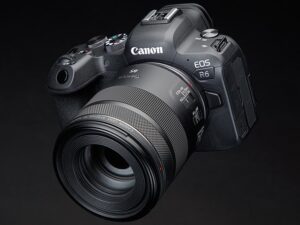
The Canon EOS R6 is a versatile all-approximately camera that can shoot pretty much anything. Aside from a few differences, it’s an EOS R5 with lower resolution and less high-end video. If you’re pleased with fewer megapixels, you’ll enjoy one of the most advanced and amazing cameras we’ve ever seen. Its autofocus is truly otherworldly, the in-body image stabilization is the most useful of any full-frame design, the 4K video is flaky and delicious (though sometimes overlooked), the dual remembrance cards make it suitable for professional workers, and it uncloses the brave new world of Canon’s outstanding RF lenses.
4. Sony A7R IV

If you like giant files that present plenty of flexibility when it comes to cropping and post-production, then look no further than the Alpha A7R IV from Sony. With a whopping 61-megapixels on tap, this effortlessly beats different mirrorless and DSLR cameras in the answers take. It’s just improved by much more expensive medium design cameras. However, it’s not just around image grade though as the A7R IV performs rejection implementation.
5. Nikon D7500
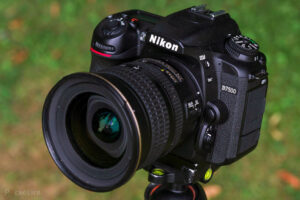
The D7500 delivers excellent execution for bridal photography. It has a 20.9-megapixel CMOS sensor with no low-pass filter to support image resolution and low-noise performance optimally balanced. Meanwhile, an EXPEED 5 processor efficiently holds fast successive shooting and UHD 4K video recording at 30p. And speaking of straight shooting, D7500 departments will let you take photos of elusive subjects at up to 8 fps. They even feature versatile 51-point AF and Group Area AF for fast focus on unreliable and low-contrast subjects. Comprehending more friable low-light images with less noise is likely as well, thanks to this camera’s overall ISO acuity range.
6. Fujifilm X-T4

Fujifilm’s flagship X-mountain mirrorless camera is as the character implies, now in its fourth iteration, and the result is an extremely worldly and skilled camera. It might not feature a full-frame like some rivals, but the 26-megapixel APS-C-sized sensor doesn’t disappoint, showing images with rich colors and engaging detail. Fujifilm’s also demonstrated an exceptional range of lenses for its X-Series and has some very effective options for wedding shutterbugs. Elsewhere and pleasant most boxes are ticked, including in-body stabilization, a vari-angle touchscreen presentation, and decent battery life.
7. Sony a7 III
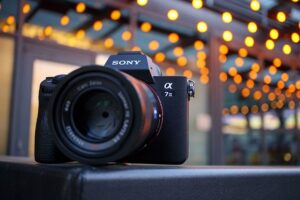
The Sony a7 III functions with a super-progressive 24.2MP BSI Full-Frame Sensor, and the picture processor that works with it is the BIONZ X which is one of the most powerful processors in mirrorless cameras. Every image that you will take with this mirrorless camera will be shown in the most increased quality ever, and also, it has a perfect dynamic range of colors. For video, it works at 2460p firstly, but also, it can record 4K videos without any problem.
8. Nikon D850 – Best Runner-Up
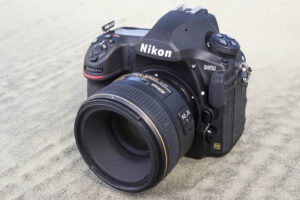
Nikon D850 is featured with an impressive 45.7MP BSI CMOS detector, and the picture processor is the well-known EXPEED version 5. This camera can be considered an ergonomic one because it contains excellent upper comfortable relax that doesn’t irritate or tire you in any way even if you use the camera all day long. The measurements of this mirrorless camera are 5.8 x 3.1 x 4.9 inches, and its significance is around 2.02 pounds. It is designed also of magnesium alloy, and it is strongly durable because it is temperature and dust-sealed.
9. Canon EOS R6
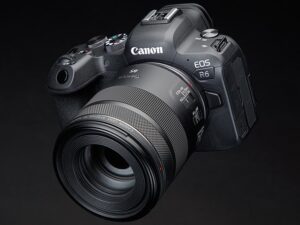
The EOS R6 gets a very special in-body image stabilization (IBIS) method that can provide up to 8 stops of corrective when paired with an RF lens that features Canon’s In-Lens (IS) image stabilization method. Type: Mirrorless, Detector: Full frame, Megapixels: 20.1MP, Screen: 3-inch, fully articulating touchscreen, 1,620,000 dots, Viewfinder: Electronic, Max burst speed: 20fps. Canon cameras are the best camera for photography.
10. Fujifilm X-T30
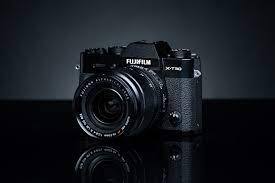
Fujifilm includes brought plenty of good here a rigid body, sound AF execution, excellent image quality straight out of the camera, and lovely 4K videos, and all for a very reasonable price, ideal for a wedding photographer on funding. 26.1MP APS-C X-Trans BSI-CMOS 4 sensor, X-Processor 4, The Hybrid AF design has 425 phase-detect points spread across the entire perimeter, 2.36M-dot OLED viewfinder w/0.62x Equiv, No in-body stabilization, Standing of Q button, No articulating screen, Standard carry-a-light mirrorless battery life.
Summary
Wedding memories are saved by the pictures clicked and videos recorded on the wedding day. However, it is important to choose a good camera to click pictures and record videos. A good camera can make the memories more real and fantastic when seen further, whereas a bad quality camera can spoil your wedding memories. To get back to your wedding day memories, it is very important to choose the best quality camera for your wedding photography. We hope the article above was helpful to you to choose the camera that makes your wedding day memories more realistic. If you’ve skipped it, go through the list of cameras given above and choose the best one for your wedding photography. We’ve provided the bests because we know the importance of your memories from your wedding day.

Leave a Reply